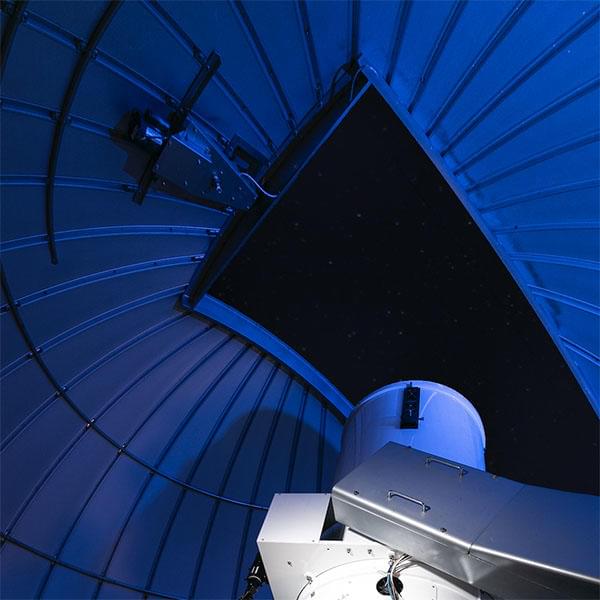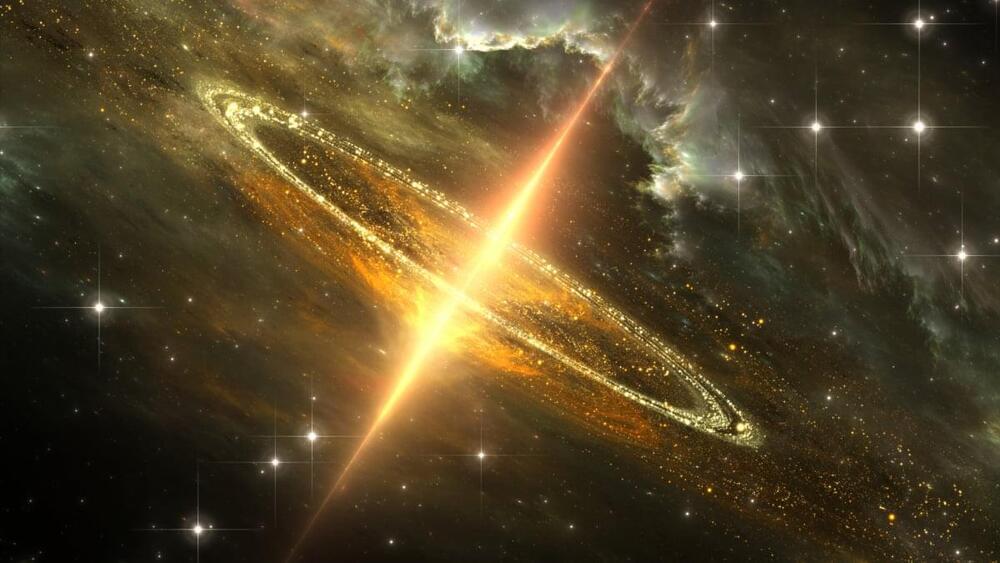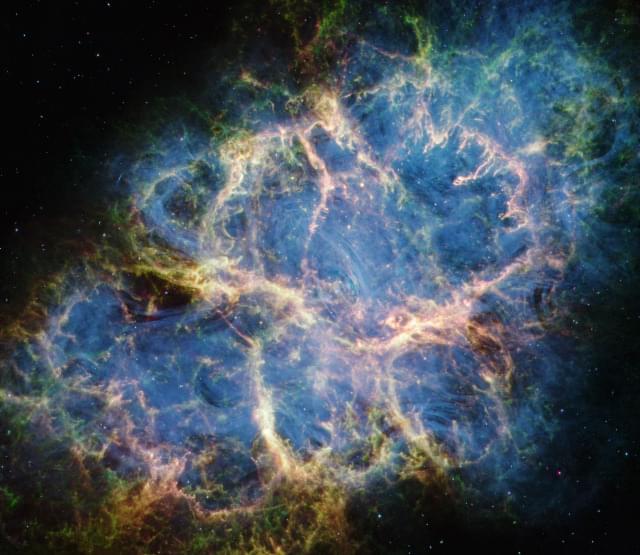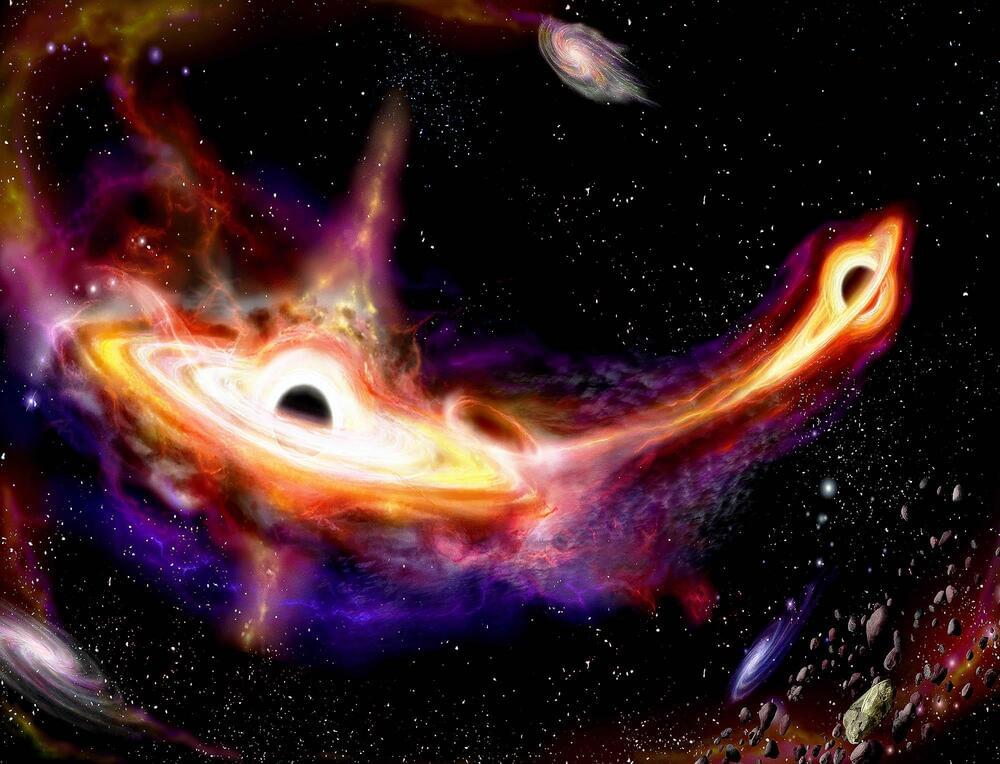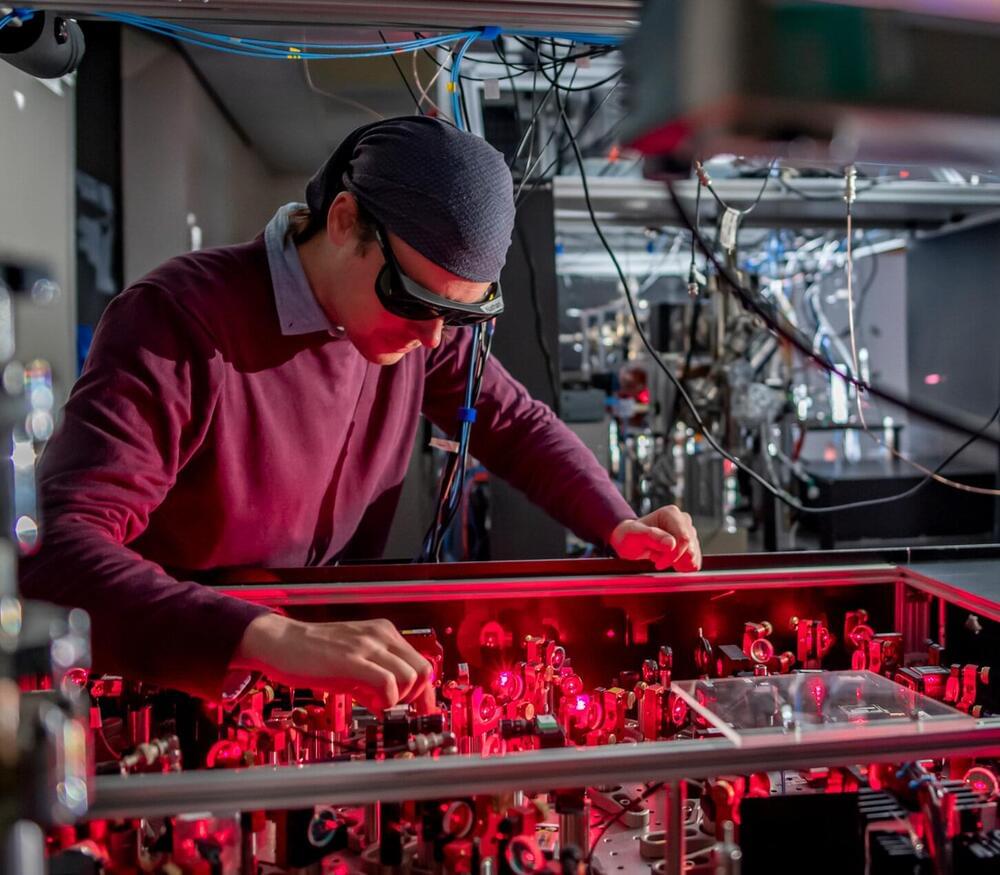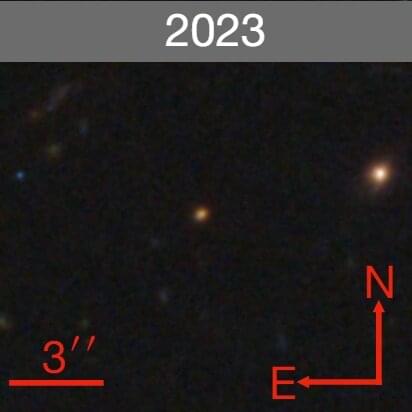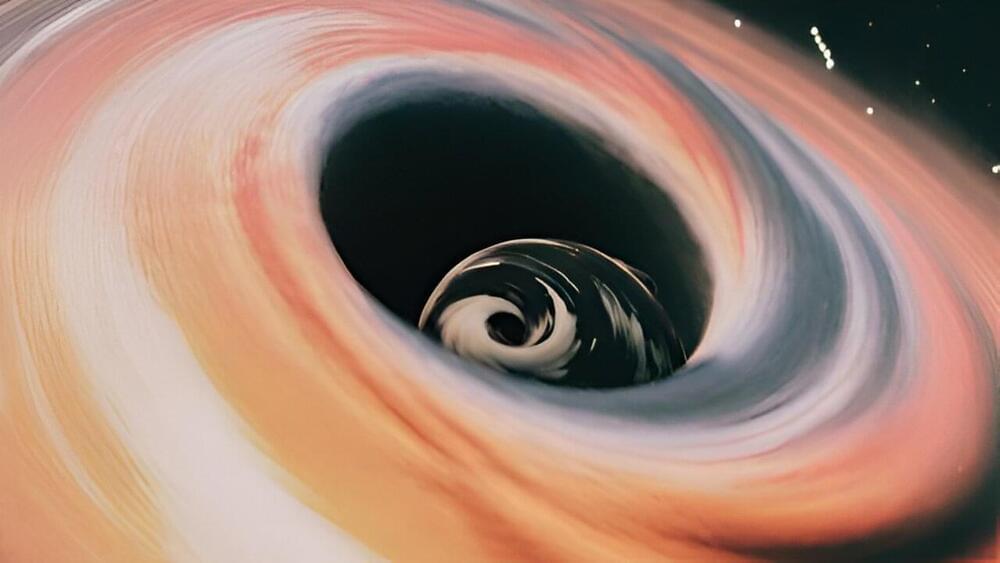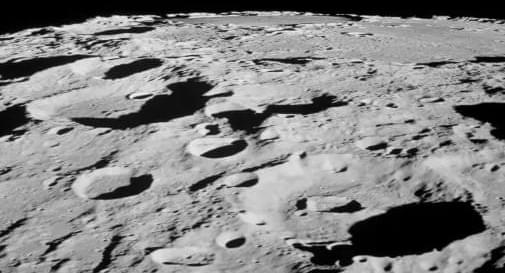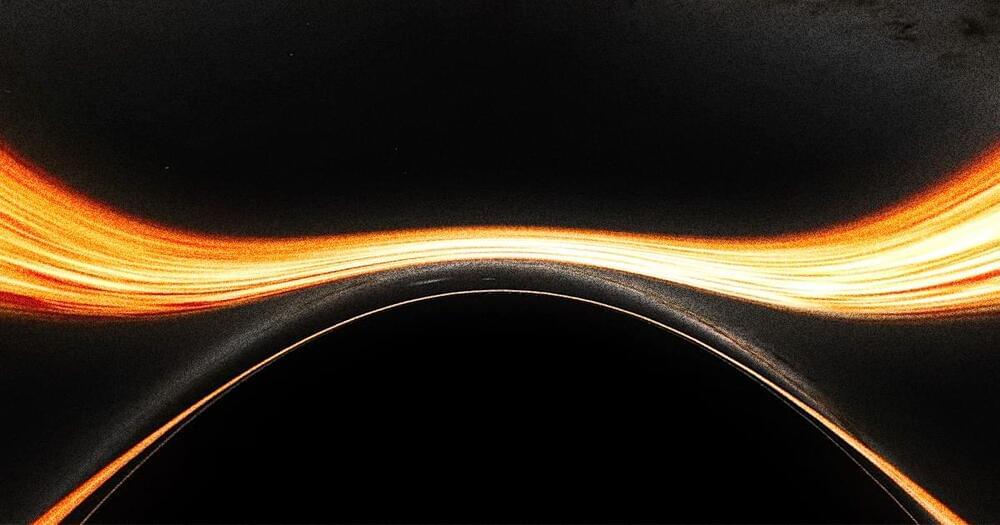Jun 21, 2024
George Mason University announces its first NASA Space Mission, which seeks to uncover the secrets of dark energy
Posted by Saúl Morales Rodriguéz in category: cosmology
George Mason is the home for the new $19.5 million NASA Landolt Space Mission. Led by the College of Science’s Peter Plavchan, with the College of Engineering and Computing, this mission will launch an artificial star in orbit to help scientists calibrate telescopes and measure brightness.
